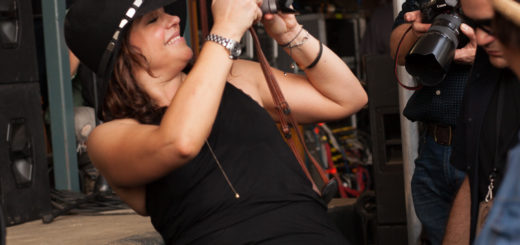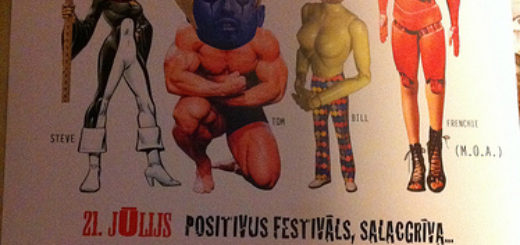Burning Cane @Nashville Film Festival
https://www.youtube.com/watch?v=04krY7dl3cE[/embedyt
Nashville Film Festival coverage via Jason Sparks Our Man In Nashville
Sugarcane, the plant that yields sugar, is regularly burnt before the sugar is harvested. There are multiple reasons for this—it increases the yield of actual sugar, reduces the amount of leaf, stem, etc that has to be culled from the crop to get to that yield. Suffice to say, to get sugar, it has to happen.
To use that as a metaphor might be, in the words of Mickey Spillane, about as subtle as a tarantula on a slice of angel’s-food cake. A 19-year-old using that as a metaphor would do so even less subtly than that, unless that 19-year-old is Phillip Youmans, who wrote, directed, and did the cinematography for Burning Cane. Cane won the top honors at this year’s Tribeca Film Festival, and now, it has played at the NIFF, to audiences who, as the credits rolled, had to place their jaws back in their faces.
Youmans doesn’t beat the metaphor to death; we see the title flash on the screen, and a brief shot of literal cane-burning, and we don’t return to it very much after that. We do see cane fields, but that mainly serves to help establish the film’s setting in rural Louisiana. That’s where Helen Wayne (Karen Kaia Livers) lives, virtually next door to cane fields; hers is a tough life, revealed in a long opening scene in which she recounts via voiceover all the ways she has tried to treat her dog’s mange (all unsuccessfully), as we watch her engage in housework, mange treatment, and butchering a chicken. When not engaged in horrific menial duties, she serves as a secretary to a Reverend Tillman (Wendell Pierce), a fire-and-brimstone preacher, and looks after her struggling son Daniel (Dominique McClellan) and grandson Jeremiah (Braelyn Kelly).
Neither of these tasks are monumentally easier than her physical labors. Both men are alcoholics, rabidly so. The preacher insists that he is a better driver when he’s drunk, even after Helen is called at home to drive him to his house after a bender. Her son, whose marriage is faltering and whose career is nonexistent, has taken to sharing the booze with his son, who, still young enough to idolize his father, takes to it gladly.
The audience learns all of this at roughly the same time that Helen does; she’s either part of the scenes which reveal the information to us, or learns of them soon after they occur. The film’s pace is slow and methodical—another surprise from such a young director—and gives us time to observe each character’s arc build to completion. As a rule, we have two to three scenes, followed by narration from Helen, and this pattern carries us through the film, to its last scene (here there be spoilers):
Helen, viewed in silhouette through a windowshade, cocks a shotgun… And what? Well, Youmans does not make this clear, and it’s jarring. Has she decided to shoot her pastor, or her son, having concluded that neither man is likely to improve? Is she merely putting the dog out of its misery? Will her next step be a combination of some of those possibilities, or possibly all of them? We never know. All we can conclude is that this woman, a resident of a world where cane has to be burnt to yield sweetness, has decided to burn off some of the cane of her life, that there is no other way.
It’s an engaging film, to say the least, a piece of slow, languid, Southern Gothic worthy of Flannery O’Connor, and it’s a vehicle of which young master Youmans is in complete control. It feels incredibly slow, until its abrupt ending, at which point we realize that we’ve been told a dense, complex story in only 78 minutes. Karen Livers is incredible as Helen, and hers is not a performance full of business and noise; Helen is quiet, slow, and deliberate, a stark contrast to the bluster and disruption caused by the two male leads. I’m reminded, as different a text as this may be, of Audrey Meadows on The Honeymooners—she once said in an interview that she made Alice a very still, quiet character, in sharp contrast to Ralph, from whom noise and motion were nearly constant.
Helen is not only the main character, she’s the only truly stable one, which makes it all the harder to argue against her shotgun-related decision, whatever that decision may be. It can be a grim film—as cinematographer, Youmans elects to make his film dark and murky, with the sole exception of the chicken-butchering scene, shot in bright, sickening, saturated color. That grim palette, however, serves this story, by suggesting a kind of fatality—these may be unpleasant moments, but they all have to happen. Cane has to be burnt, someone has to die; the person responsible for either must have a resolve of steel.






















